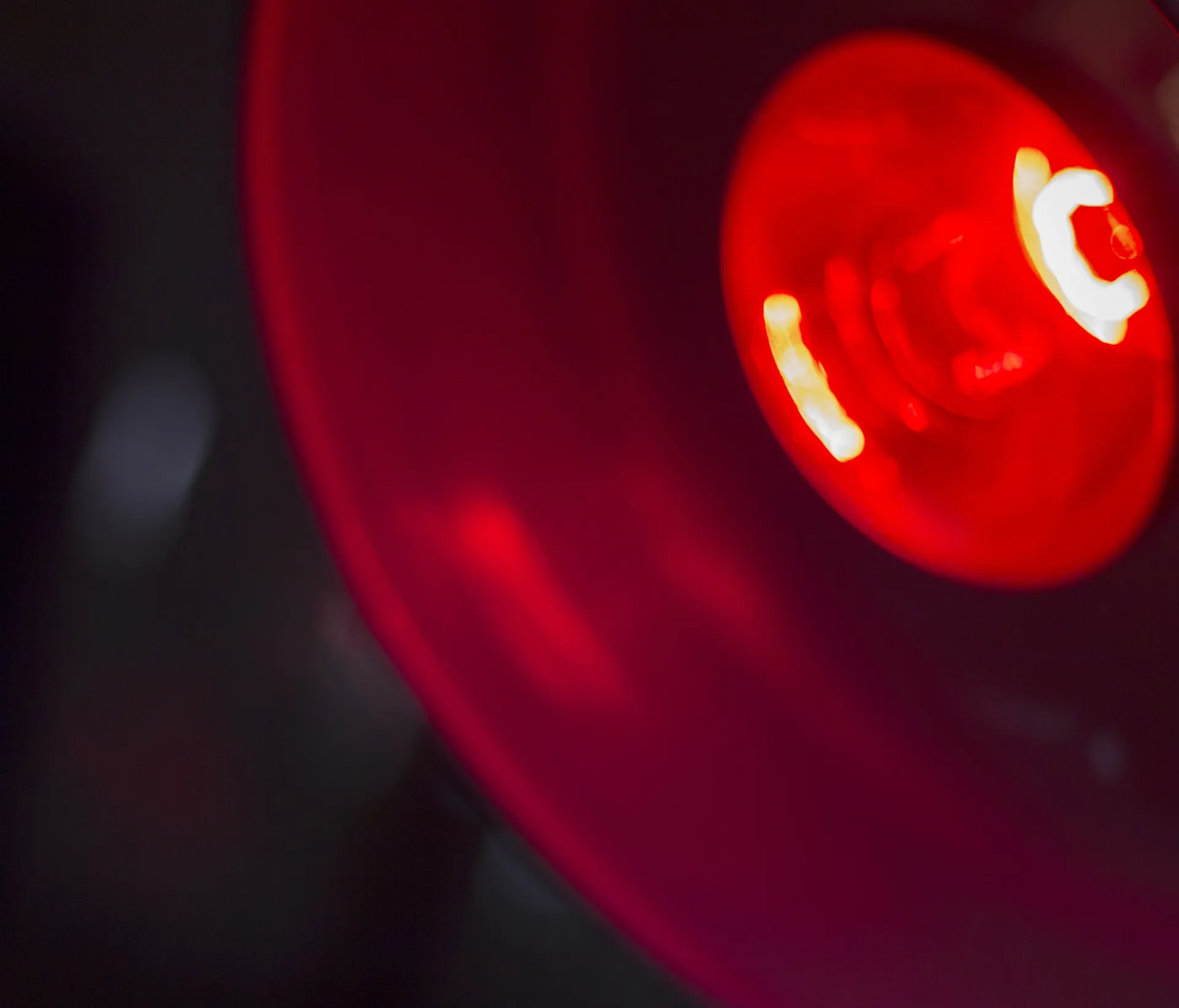With the wealth of newfound tech built on gimmicks and quick sells, those who question ‘What is red light therapy?’ hold understandable concerns. Also referred to as photobiomodulation, Red Light Therapy is an emerging treatment that has quickly become popular. Like many others, you might have come across this term but aren't quite clear on what it involves. The scientific terms, such as "Photobiomodulation," can sometimes be difficult to understand. However, there's no need to feel overwhelmed. At Rojo, we aim to provide a clear and concise explanation of red light therapy, covering its fundamental principles, how it functions, and the potential benefits of this treatment for various individuals.


Referred to as low-level laser therapy (LLLT) or photobiomodulation therapy, red light therapy is closely related to these terms, although there are subtle differences. It uses red and near-infrared light to treat a range of physical conditions. This non-invasive and natural approach is scientifically backed, completely safe and doesn't require surgical intervention.
Specifically, this treatment uses devices equipped with LED bulbs that emit specific wavelengths of light. These devices vary in size from portable handheld units to larger systems in your red light therapy panel that can cover the entire body. The variety of red light therapy devices available means that treatments can be tailored to the specific needs of each individual, ensuring optimal results.
The origins of this therapy date back to 1967, when it was discovered by Endre Mester at Semmelweis University in Budapest, Hungary. Mester was investigating whether lasers could induce cancer. Contrary to his expectations, he found that exposure to low power red light led to accelerated hair growth in rats, a phenomenon he termed 'laser biostimulation'. This seminal study paved the way for understanding the regenerative and healing potential of red light therapy as demonstrated in both animal and human studies.

Red light therapy, also known as low level light therapy (LLLT), uses specific wavelengths of light for therapeutic purposes. Although red light therapy often uses LED lights, LLLT typically uses laser lights. The difference is in the light emission. LED light treatment produces a uniform, inconsistent colour of light, similar to the different wavelengths of sunlight, while laser waves produce a single, coherent wavelength that concentrates and focuses the light output.
Red light therapy devices typically use LED lights that emit red and near-infrared light within specific wavelength ranges, measured in nanometres (nm). These ranges are 620-660 nm for visible red light and 810-850 nm for near-infrared light. Conversely, LLLT devices emit laser light in the 600-1000nm range, which is milder than surgical lasers and doesn't produce heat. Higher wavelength devices are often preferred in professional settings due to their increased therapeutic effectiveness.
Selection of the appropriate wavelength is essential to ensure the safety and non-invasiveness of the therapy. Both LED-based red light therapy and LLLT lasers operate without heating the cells, making them safe and reliable with no significant adverse effects. This combination of LED technology and laser emission makes Red Light Therapy an ideal choice for people seeking a safe and effective treatment option.
As mentioned above, the advantages of red light therapy offer a safe and non-invasive method of improving cellular health by using specific wavelengths of light to trigger the body's innate healing processes. This therapy facilitates improved cellular metabolism and reduces inflammation.
The key mechanism involves a photochemical reaction where red and infrared light stimulates the production of adenosine triphosphate (ATP) in the mitochondria, the energy centres of cells. The process of bathing specific areas of the body in therapeutic LED light activates the mitochondria, resulting in their revitalised function. At the same time, blood circulation increases. Cells throughout the body are energised and work at maximum capacity, leading to increased energy levels and a reduction in inflammation and pain. The result is a noticeable increase in overall energy levels and a reduction in inflammation and pain.
In essence, red light therapy effectively and gently stimulates cells, triggering a number of positive natural responses. This leads to multiple benefits including improved metabolism, reduced inflammation and improved cell function, all without invasive procedures or discomfort.
